Darth Vader's Pursuit of Leia and Its Influence on the Trilogy's Tone
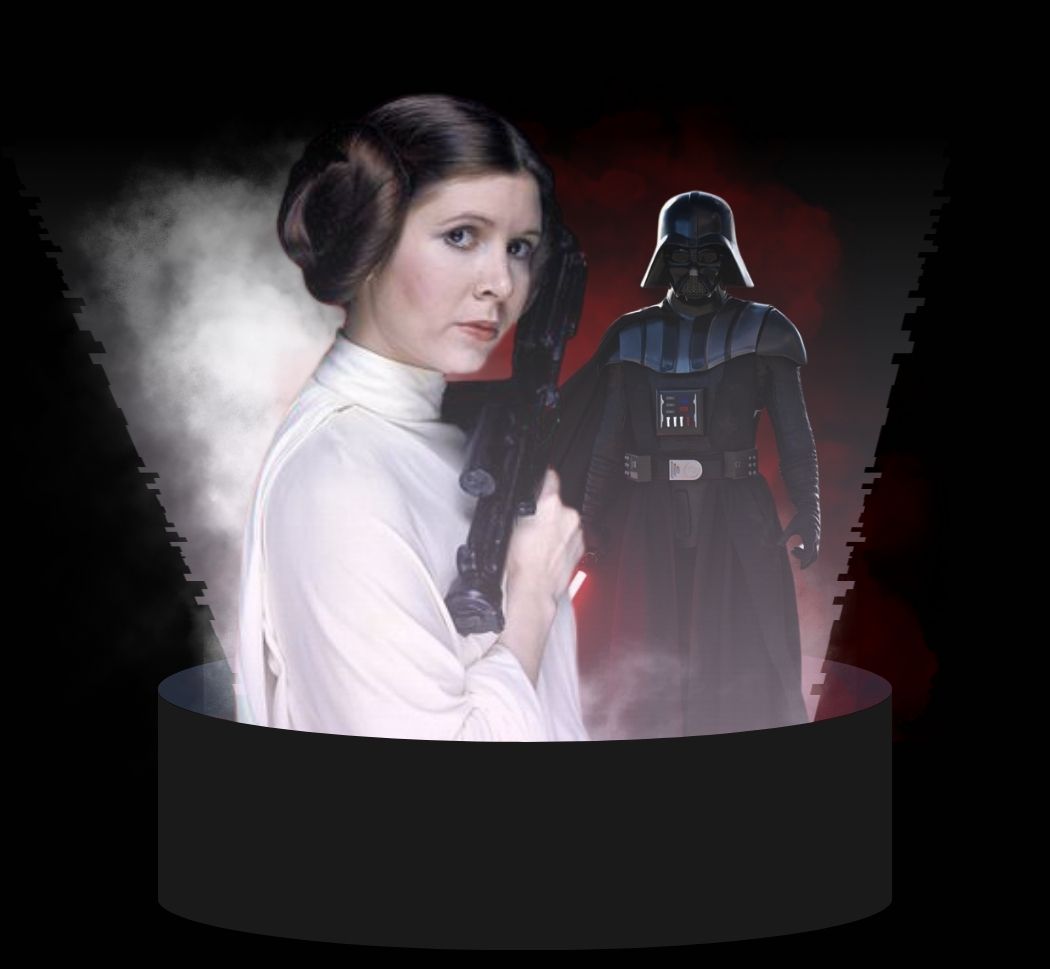
Darth Vader’s unrelenting hunt for Leia in A New Hope sets a grim tone for the original trilogy. From her capture and interrogation to the destruction of Alderaan, Vader’s presence casts a shadow over every act of rebellion. Yet Leia’s defiance inspires hope, sparking the alliances and sacrifices that define the trilogy’s emotional arc.
Darth Vader's Pursuit of Leia and Its Influence on the Trilogy's Tone
From the very first frame of A New Hope, the sight of Vader’s Star Destroyer eclipsing Leia’s corvette announces that this is a story of imbalance—one where personal bravery must contend with overwhelming force.
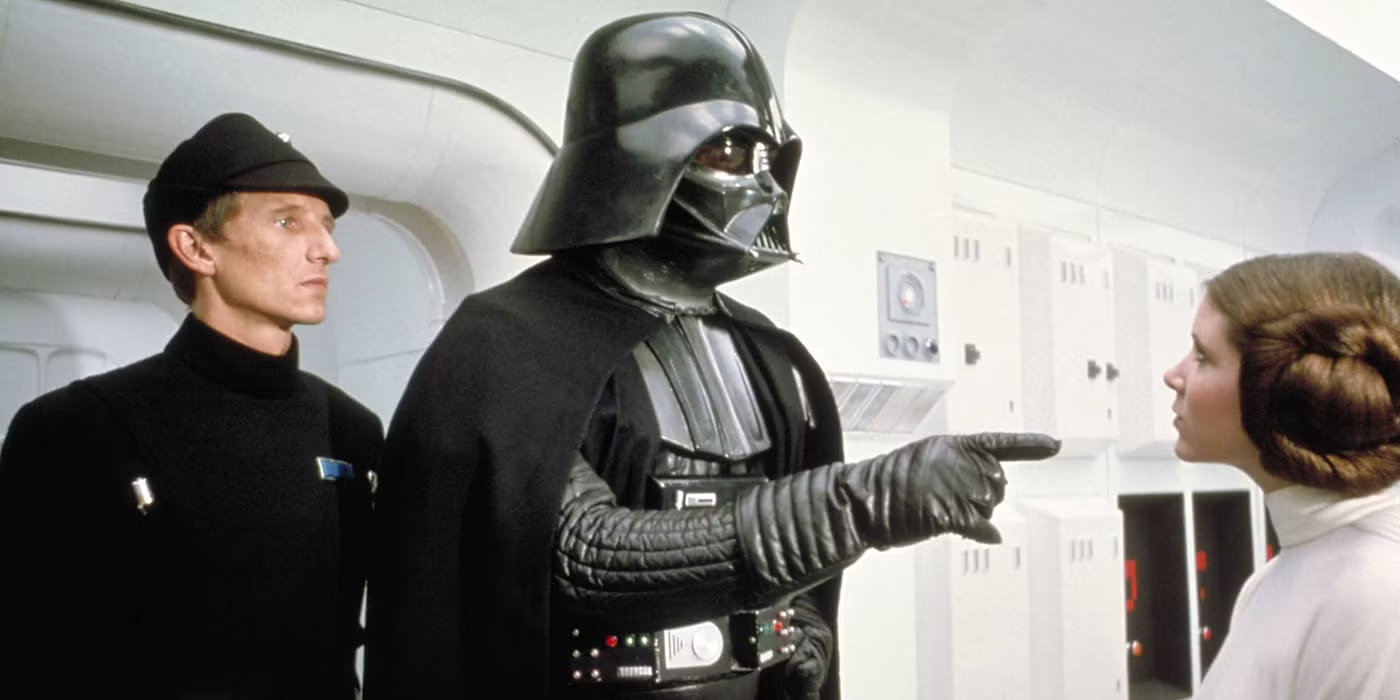
Vader’s dogged hunt for the princess infuses the original trilogy with a sense of claustrophobic inevitability: no matter how wide the galaxy feels, evil can still reach you.
This cat‑and‑mouse dynamic plants dread in the viewer’s gut, but it also spotlights the ferocity of hope that defines Leia, Luke, and the Rebellion itself.
Ways Vader's Deeds Shape the Series' Atmosphere
Every landmark act committed by Vader darkens the palette of the saga. Whether he is choking subordinates, marching through smoky corridors, stalking heroes in a snowstorm or igniting his lightsaber in the dark, his presence reorients each scene toward danger.
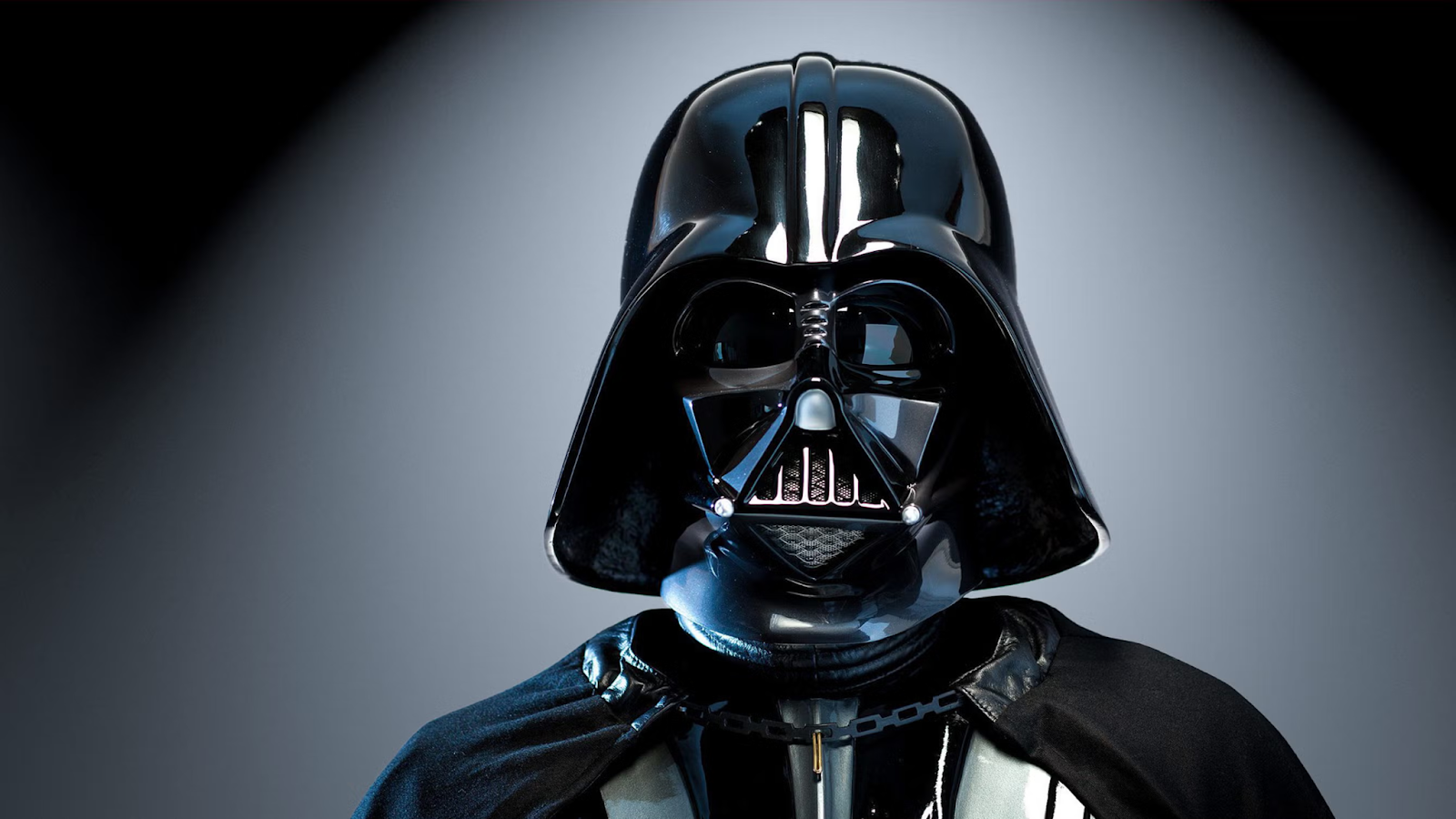
The harsh mechanical hiss of his respirator becomes the trilogy’s metronome, reminding us that compassion is fragile and repression is relentless. In effect, Vader’s cruelty doesn’t just threaten characters—it dictates the emotional climate of the entire narrative.
Seizure and Questioning
Leia’s capture aboard the Tantive IV is as swift as it is brutal. Knocked unconscious, shackled, and hauled before Vader, she refuses to yield even under invasive interrogation.

The episode sets up a key tonal contrast: the Empire wields torture droids and intimidation, while Leia resists with defiant silence and razor‑sharp sarcasm.
By opening the saga with a young senator enduring such treatment, Lucas foregrounds the personal stakes of galactic politics.
Annihilation of Alderaan
Moments after failing to extract the hidden Rebel base’s location, Vader stands aside while Tarkin pulverizes Leia’s home world.
The planet’s sudden flash to dust is more than spectacle—it codifies the Empire’s willingness to exterminate culture, memory, and life to enforce compliance.
That act of celestial genocide reverberates through the next two films, tinting every victory with grief and underscoring why the Rebellion cannot afford defeat.
Emblem of Oppression
Vader’s black cuirass, ribbed mask, and synthesizer‑filtered voice merge man and machine into a walking nightmare.
Forged from durasteel, obsidian, and Sidious’ calculated malice, the suit is a life‑support prison designed to keep a broken body alive and a fallen knight in check.
It radiates menace, but it also whispers tragedy: every hiss of the ventilator is the sound of Anakin’s permanent captivity inside his own armor—and inside the Empire’s ideology.
Hope Amid Adversity
Yet even in the shadow of torture and planetary extinction, sparks of rebellion flare. Leia slips the Death Star plans into R2‑D2, Luke trusts the Force instead of a targeting computer, and Han turns his freighter back into the fight.
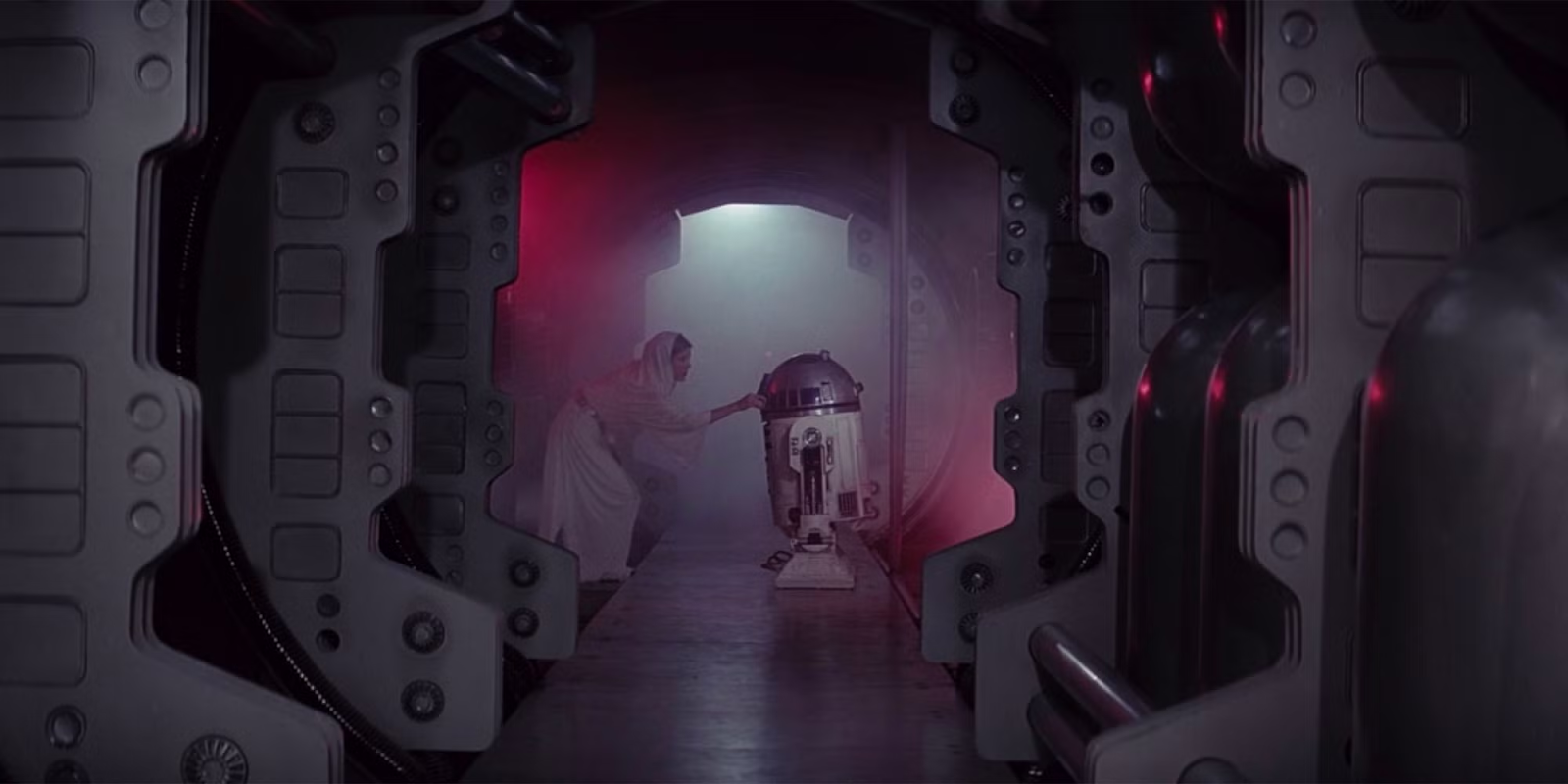
Vader’s terror ironically galvanizes the opposition: the darker his deeds, the brighter their resolve. The trilogy’s emotional trajectory—despair giving way to audacious optimism—hinges on that tension.
The Chase for Leia as a Driving Plot Element
Narratively, the pursuit of Leia supplies the first act with urgency, pulls Luke off Tatooine, and drags Han out of mercenary neutrality.
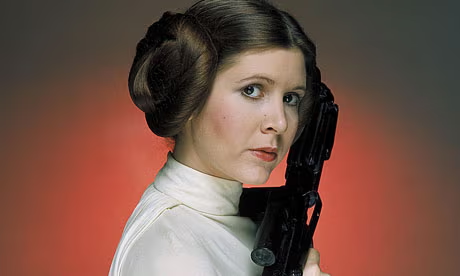
Every subsequent pivot—the escape from the Death Star, the Battle of Yavin, even Cloud City—traces back to Vader’s original objective. In classic hero‑journey fashion, her capture is the catalyst that forces disparate characters into alliance and adventure.
The Hunt for Leia as a Stark Emblem of Imperial Brutality
Targeting a senator of the Imperial Senate for abduction, torture, and psychological warfare exposes the naked autocracy lurking beneath Palpatine’s regime.
Through Leia, the films demonstrate that no rank, lineage, or legal immunity can shield citizens from authoritarian overreach.
Vader becomes the fist that smashes any illusion of lawful governance, cementing the Empire as a state where might supersedes mandate.
The Pursuit of Leia Highlighting Rebel Resolve
Conversely, the princess’s steadfast resistance showcases the moral backbone of the Rebellion.
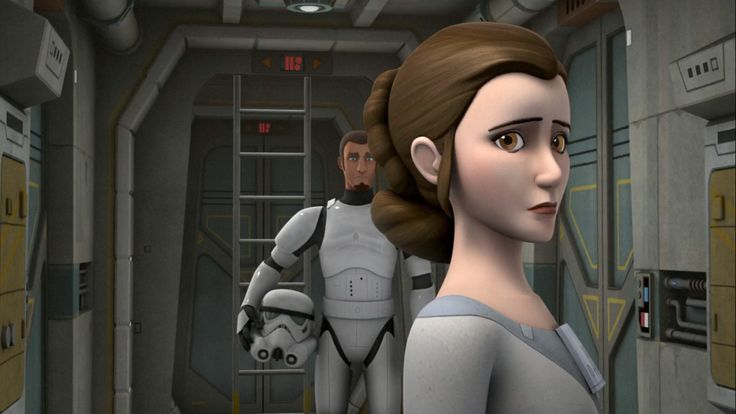
Her unbroken spirit under duress becomes the standard others measure themselves against—Luke’s ideal to live up to, Han’s conscience to answer, and the Alliance’s rallying cry.
The rescue on the Death Star, the evacuation of Hoth, and the strike on Endor all echo the conviction first modeled in that detention cell.
Final Thougts
Strip away the lightsabers and star‑fighters, and the trilogy’s beating heart is a simple chase: a tyrant seeking to crush a dissident who refuses to bend.
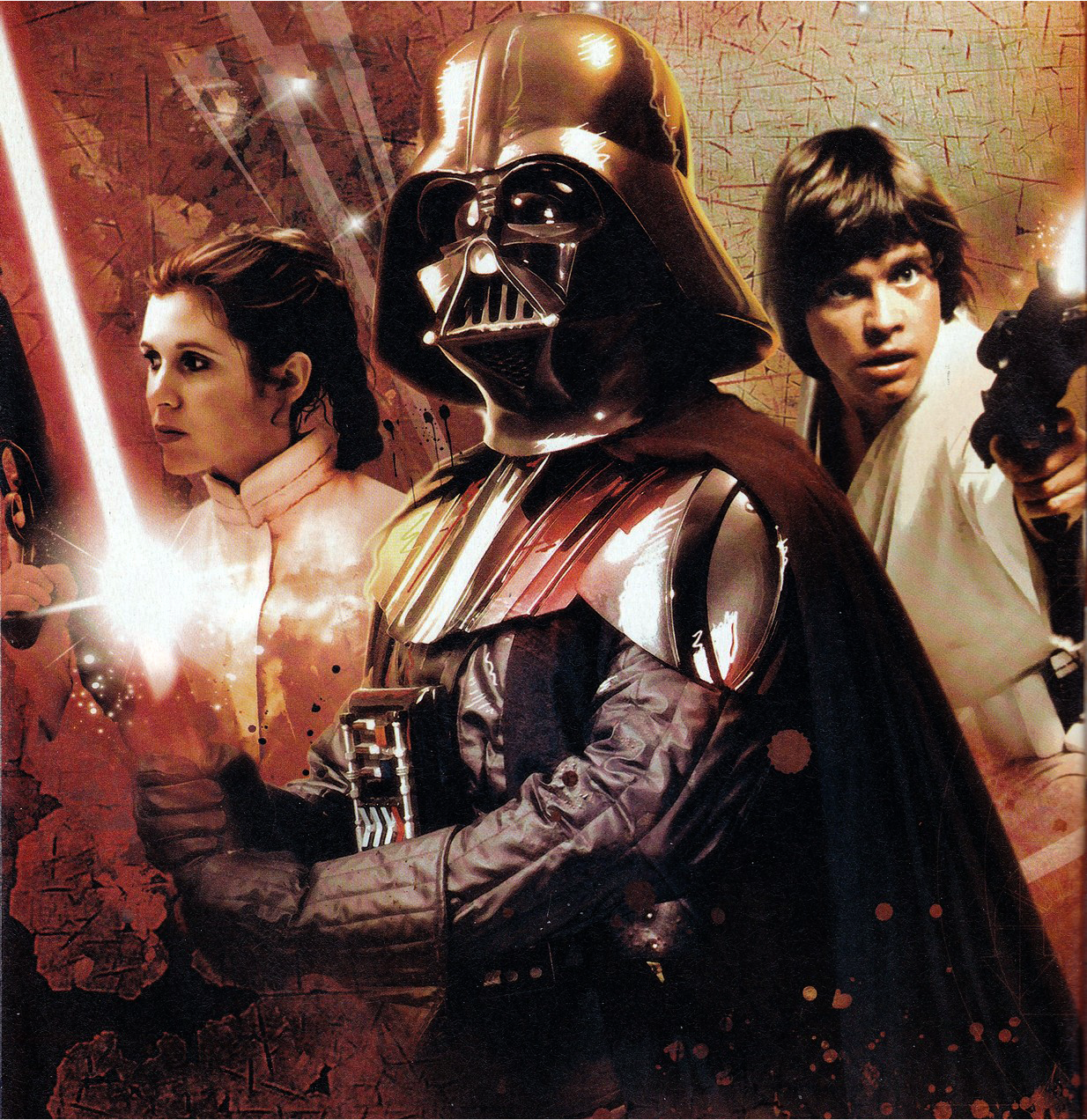
Vader’s relentless pursuit of Leia magnifies every theme—from oppression and sacrifice to resilience and redemption.
Without that opening hunt, the Skywalker saga would lack its visceral tension and its most luminous example of hope standing tall against the darkness.














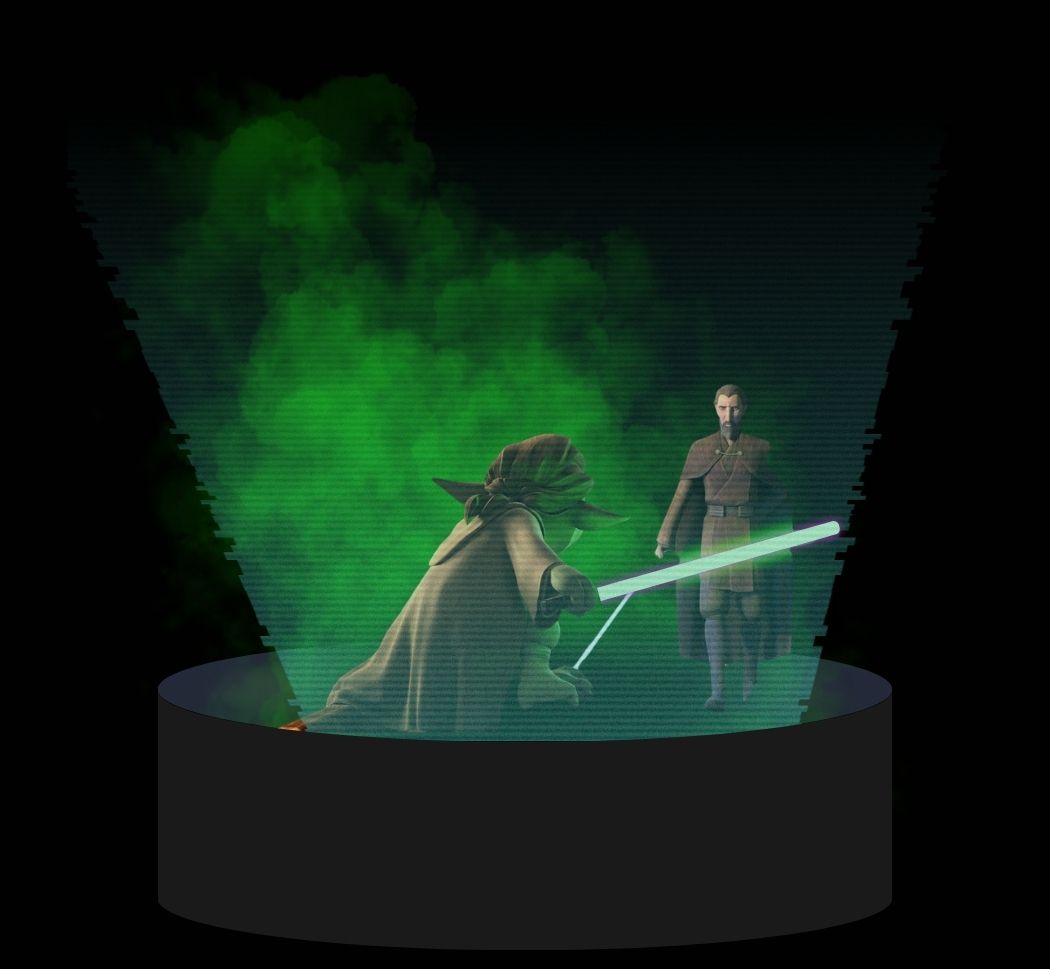




.jpg)
